Optimal Timing for Foundation Repairs
Foundation repairs are critical for maintaining structural integrity and preventing further damage to a property. The timing of repairs can influence the effectiveness and longevity of the repair work. Understanding the optimal periods for foundation work ensures that repairs are performed under suitable conditions, minimizing risks and ensuring quality results.
Spring and early summer often provide ideal conditions for foundation repairs due to moderate temperatures and soil moisture levels, which facilitate effective work.
Dry periods with low rainfall reduce the risk of delays and complications caused by excess moisture or freezing conditions.
Timing repairs during periods of stable soil moisture prevents shifting or swelling that can compromise repair durability.
Scheduling repairs during times of low occupancy minimizes disruption and allows for more flexible work schedules.

Spring offers optimal soil moisture levels, making it a favorable time for foundation work.
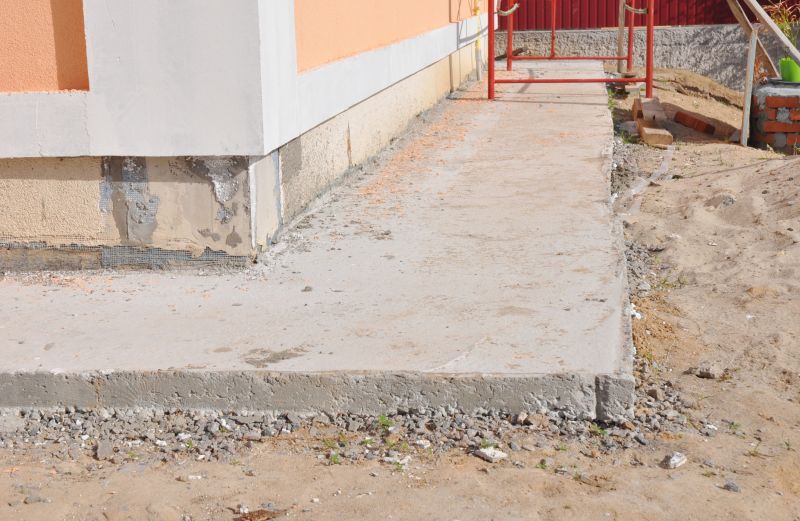
Summer provides warm, dry conditions ideal for foundation repairs with minimal weather disruptions.

Fall allows for repairs before winter, with stable soil conditions and less extreme weather.
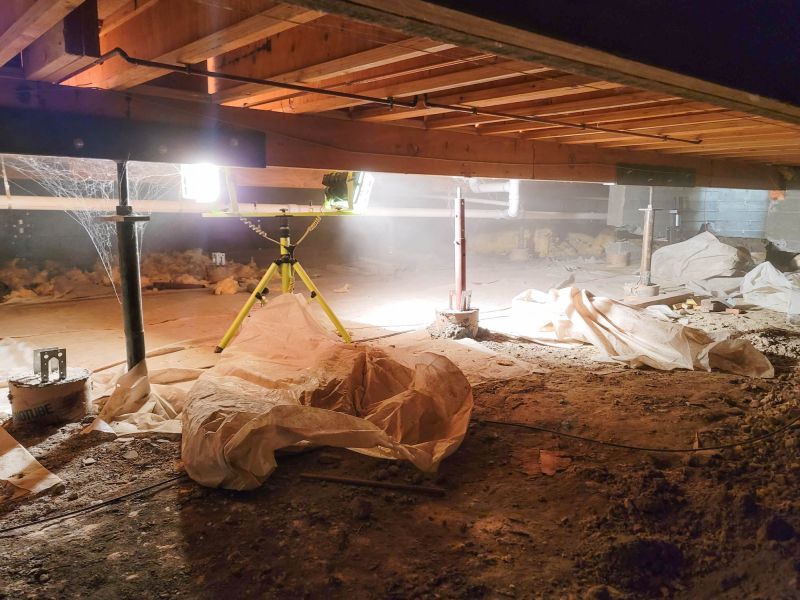
Ways to make Foundation Repairs work in tight or awkward layouts.
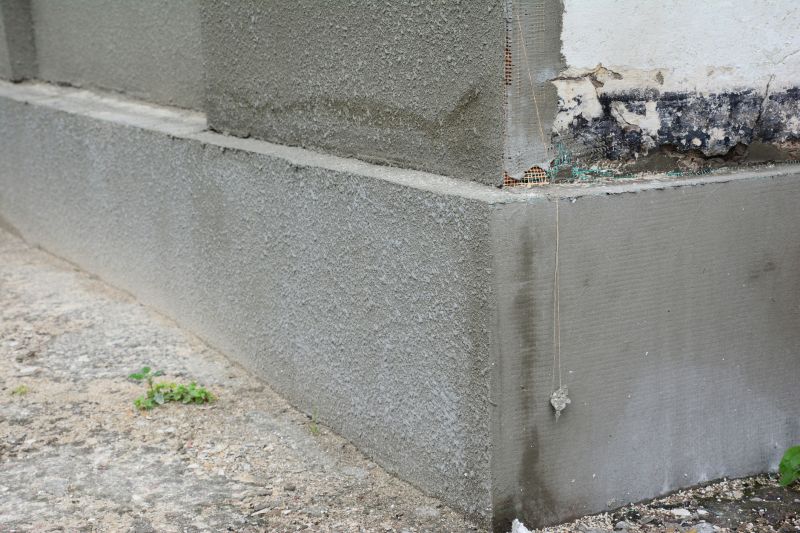
Popular materials for Foundation Repairs and why they hold up over time.
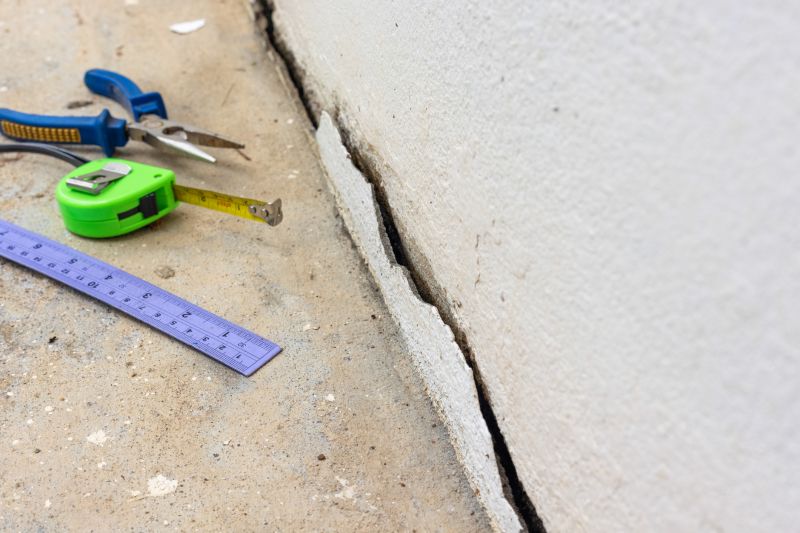
Simple add-ons that improve Foundation Repairs without blowing the budget.
| Season | Ideal Conditions |
|---|---|
| Spring | Moderate soil moisture, moderate temperatures, less rain |
| Summer | Dry weather, warm temperatures, minimal precipitation |
| Fall | Stable soil moisture, cooler temperatures, dry conditions |
| Winter | Freezing temperatures, frozen soil, high moisture risk |
Foundation repairs require careful timing to ensure soil stability and optimal working conditions. Soil movement caused by moisture fluctuations can lead to further damage if repairs are performed at inappropriate times. Proper scheduling based on seasonal patterns can help prevent issues such as shifting or cracking, extending the lifespan of the repair work.
Statistics indicate that scheduling foundation repairs during favorable weather conditions reduces the likelihood of rework and delays. Repair success rates improve when work is performed in periods of stable soil and moderate temperatures, ensuring that the foundation remains secure and durable over time.
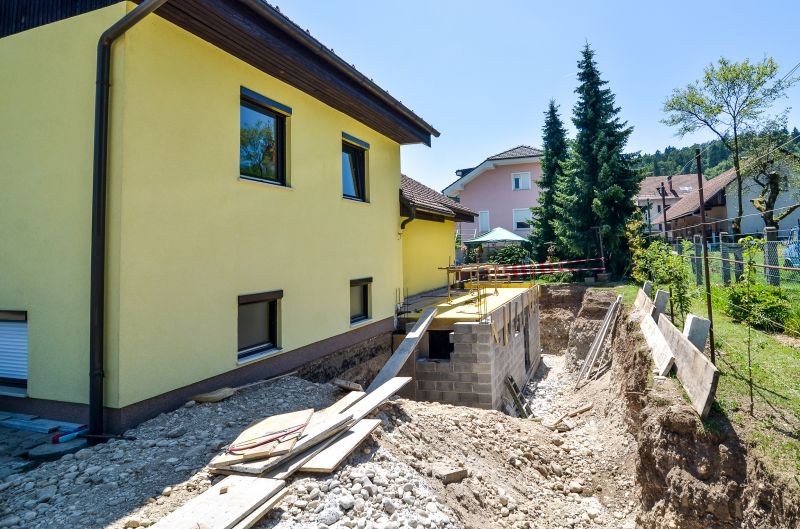
A foundation repair project underway in optimal weather conditions.

Soil stabilization techniques used during repairs in dry seasons.
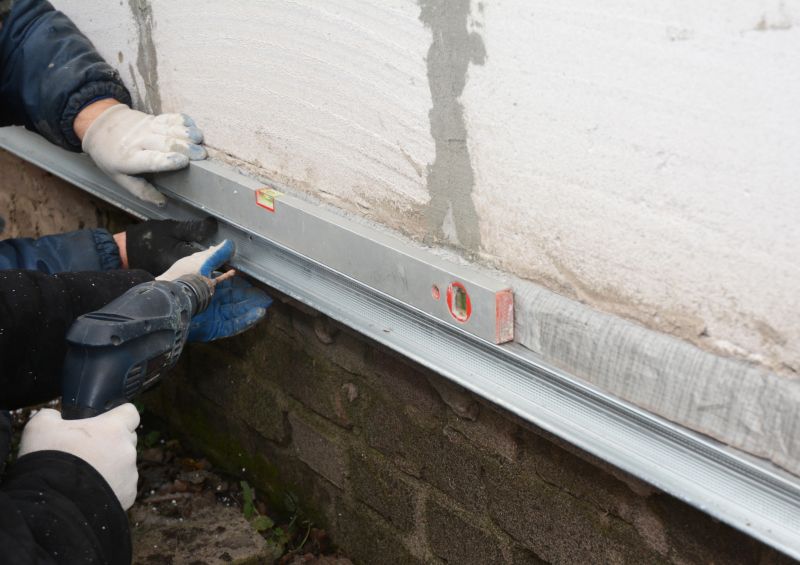
Specialized equipment for foundation repairs during suitable weather.

A recently completed foundation repair showing structural stability.

High-end options that actually feel worth it for Foundation Repairs.
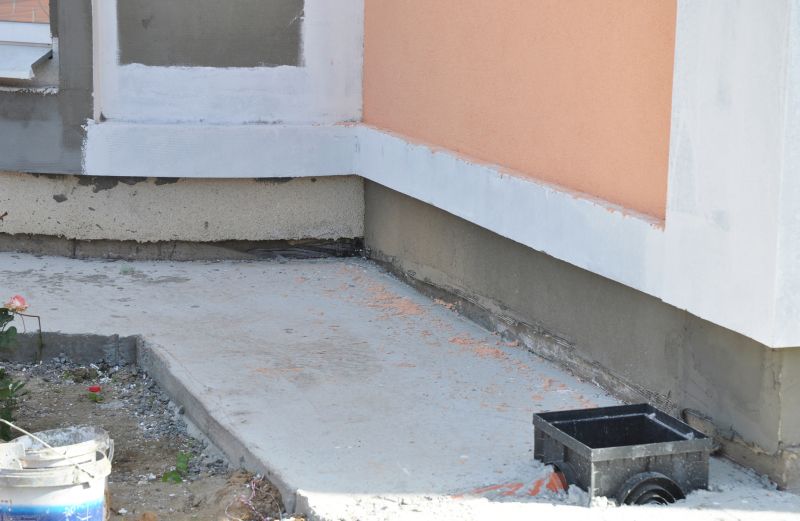
Finishes and colors that play nicely with Foundation Repairs.
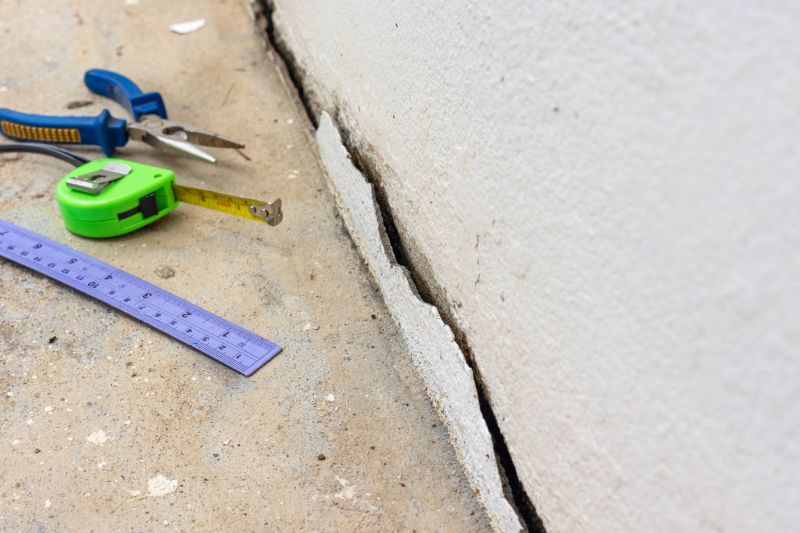
Little measurements that prevent headaches on Foundation Repairs day.

A 60-second routine that keeps Foundation Repairs looking new.
Individuals considering foundation repairs are encouraged to contact for more detailed guidance on optimal scheduling. Proper timing can enhance repair durability and reduce potential future issues, ensuring long-term stability of the structure.

